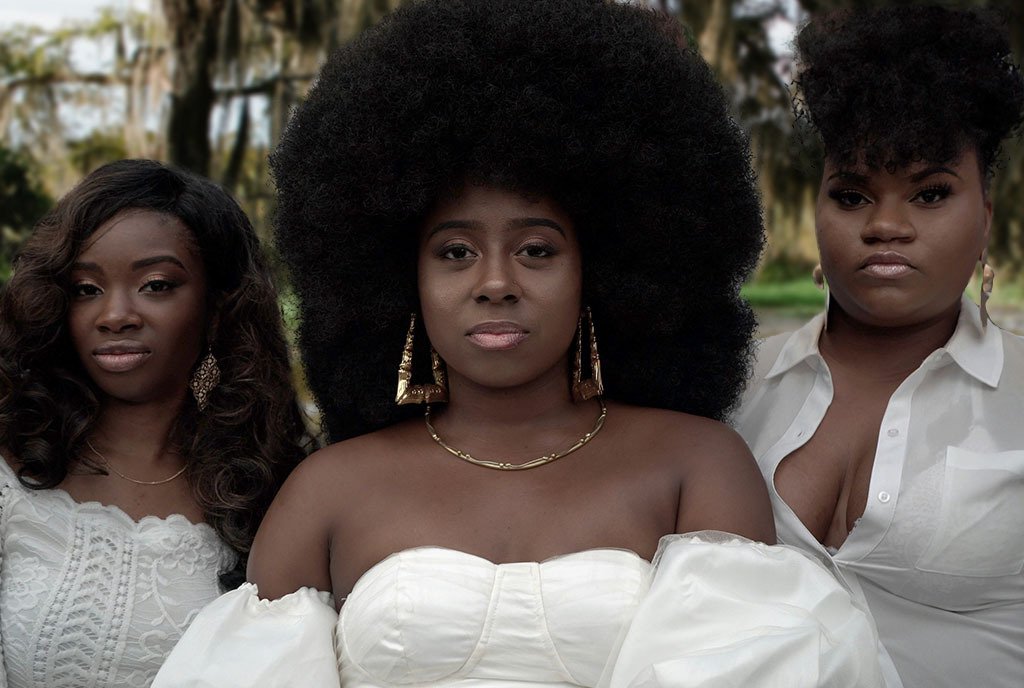
As NPQ has covered in partnership with BoardSource, whether it is nonprofit executives or nonprofit boards, leadership in the nonprofit sector remains largely white. According to BoardSource’s 2017 Leading with Intent report, 90 percent of board chairs and nonprofit executives are white. Board membership as a whole is a slightly better 84 percent. By contrast, nearly 39 percent of the US population are people of color. Perversely, even as we are actively talking about and studying this issue in the sector, the proportion of nonprofits who have all-white boards has risen both in the US and the UK.
Conforming to this, as Virginia Gewin writes in GreenBiz, the environmental sector is headed in the same direction but from a far worse place. A 2014 study authored by Dorceta Taylor of the University of Michigan, for instance, found that the percentage of people of color on boards surveyed was 4.6 percent; in sum, 1,607 of 1,684 surveyed board members were white. There’s more: According to Taylor, only 12 percent of staff—not leadership, but staff—were people of color. The 2014 figure was actually lower than the 14.7 percent Taylor found when she studied the field in 2008.
Are things getting better in 2018? Perhaps, but there are still “relatively few connections between communities of color and the environmental sector,” writes Gewin, talking again about the larger institutions in the sector. By and large, she notes, “talk of increasing diversity has not turned into widespread action.”
When Taylor’s report came out, NPQ noted the gap between what organizations said they would “like to see” and what they would “support.” For example, Ruth McCambridge wrote that while “more than two-thirds of the organizations [surveyed by Taylor] indicated that training programs for minority and low-income residents should be developed…less than 45 percent of the organizations [indicated that they] would support such training programs.”
Gewin does acknowledge some isolated developments. For example, Asian American Rhea Suh became president of the Natural Resources Defense Council in 2014. Gewin adds that in 2014, “the Environmental Defense Fund created a 64-page diversity strategy.”
Another “Big Green” organization that has promoted equity, diversity, and inclusion is Audubon, which developed its own diversity statement in 2015 and hired environmental justice lawyer Deeohn Ferris as vice president for equity, diversity, and inclusion last year.
“It’s a ‘good news, bad news’ situation,” Taylor says. “There is greater recognition that there’s a problem, but we are nowhere near where we should be in terms of hiring people of color.”
Mustafa Ali agrees. Ali, who spent 24 years at the US Environmental Protection Agency (EPA) and who once chaired the Environmental Justice Interagency Working Group (EJ IWG), now works as senior vice president of climate, environmental justice and community revitalization with the Hip Hop Caucus.
Sign up for our free newsletters
Subscribe to NPQ's newsletters to have our top stories delivered directly to your inbox.
By signing up, you agree to our privacy policy and terms of use, and to receive messages from NPQ and our partners.
“Numbers don’t lie,” Ali says. “There is a serious disconnect between the changing demographics in our country and the lack of diverse leadership and staffing at organizations that protect our health and the environment.”
One challenge, notes Queta González, who directs the Center for Diversity & the Environment in Portland, Oregon, and helps organizations develop equity strategies, is the need to “develop cross-cultural relationships [that] are clear about their goals, transparent, accept feedback, and are authentic.” González adds, “If you don’t do it authentically, just don’t do it.”
A common error is to focus on the “number of people of color hired, instead of investigating why the numbers are so low and addressing the root causes,” notes Charles “Chas” Lopez. Lopez serves as vice president for diversity and inclusion at Earthjustice, an environmental law nonprofit based in San Francisco.
Mary Scoonover, executive vice president of the California-based conservation nonprofit Resources Legacy Fund, notes that one step her organization took to diversify was to close their office in suburban Sacramento, add an office in Los Angeles, and expand their presence in San Francisco—all “to help attract high-caliber candidates from diverse backgrounds.”
Gewin notes that, “Five years ago, the group’s seven-member board had no people of color. Now, the 11-member board has three people of color. The percent of people of color on staff has gone up from nine percent to 26 percent since 2015.” Scoonover admits, though, that “we have more progress to make.”
Another challenge is access to jobs. To help people of color break in, Taylor organized a New Horizons in Conservation Conference in Washington, DC in April. “Over 220 participants—mostly students of color—attended,” Taylor says.
In September, the sixth annual HBCU Climate Conference will take place in New Orleans and expects 400 attendees. According to conference organizer Dr. Beverly Wright, a professor at Dillard University, over 30 percent of past attendees have pursued environmental sector careers.
Changing organizational culture is at the center of the work, though. “When you commit to do this, you have to go all in,” says González. “I see a lot of organizations put a toe in the water and try to recruit for diversity but do nothing to create an inclusive environment. If new hires walk into a space where they don’t feel welcome, the situation is set up for failure. Organizations need to see diversity as a great opportunity. If it’s drudgery or scary, it will fail.”













